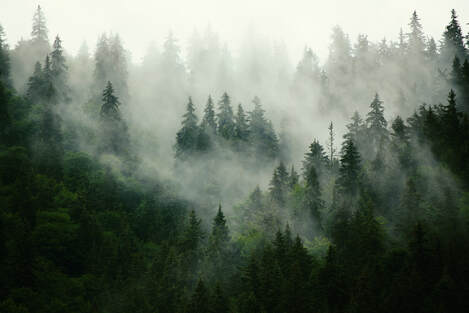|
This compact evergreen grows 40-60’ tall, and spreads to 10-15’ if left to grow. Arbor vitae
This compact evergreen grows 40-60’ tall, and spreads to 10-15’ if left to grow. Popular for privacy screens, windbreaks and as single trees in lawns and beds. The bark and leaves (aka needles) are similar to those of the Western Red cedar. The needles are scale like, and grow on a flat plane with each other. Arbor vitae grow in a narrow pyramid shape if left unpruned. The foliage is dense, and the reddish brown of the trunk and branches is usually not visible. Thundercloud plum The thundercloud plum is a small deciduous growing up to 25’ tall. Easily identified by its leaves, which emerge as ruby red in spring and turn to a darker purple over the summer. Also present in spring are white-pink, five-petaled flowers. The thundercloud is considered an ornamental tree, but it does yield small cherry sized plums. Japanese Maple These popular ornamental trees are planted in beds, lawns and containers. They can grow as tall as 33’,but are often much smaller, presenting as more of a shrub than a tree. They can vary in shape from weeping to upright. They are similar in size to the Douglas maple, which is also popular in landscaping. The best way to tell the two apart is by the leaves – in the Japanese maple, the lobes are much more distinct, being sharper and longer. Pacific Dogwood Growing as tall as 82’, the Pacific dogwood is easy to identify. The broad petaled white flowers are a dead giveaway. They also yield small red berries about an inch in diameter. When the fruit and flower are not present, the Pacific dogwood can be identified by its bark. The bark is smooth and grayish brown, mottled with white spots or stripes. Leyland Cypress This evergreen is similar in appearance to the Arbor vitae. Since it is used for the same exact purpose(wind breaks, privacy screens, and ornaments) and is similar in size, the two can be confused. The key difference can be found in the branches: while the Arbor vitae presents its needles in a large mass with no distinguishable branches, the Leyland cypress will have noticeable branches growing at a slightly upward angle. |
SNOHOMISH TREE COMPANYFollow our blog for industry insights, company updates, and tips for working with trees. Archives
February 2022
Categories |


 RSS Feed
RSS Feed
